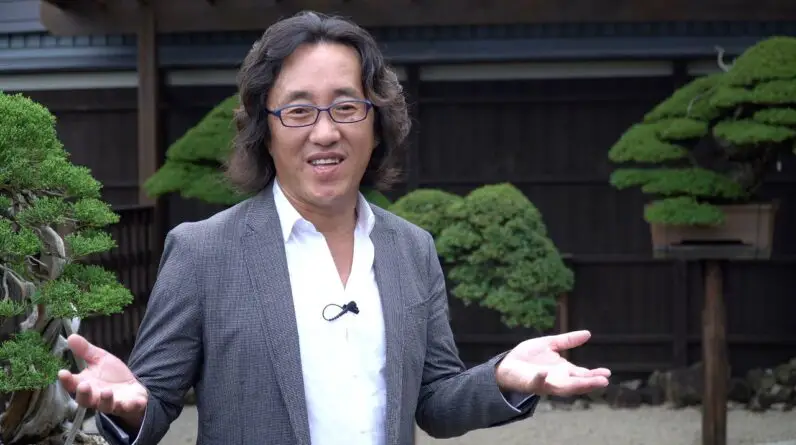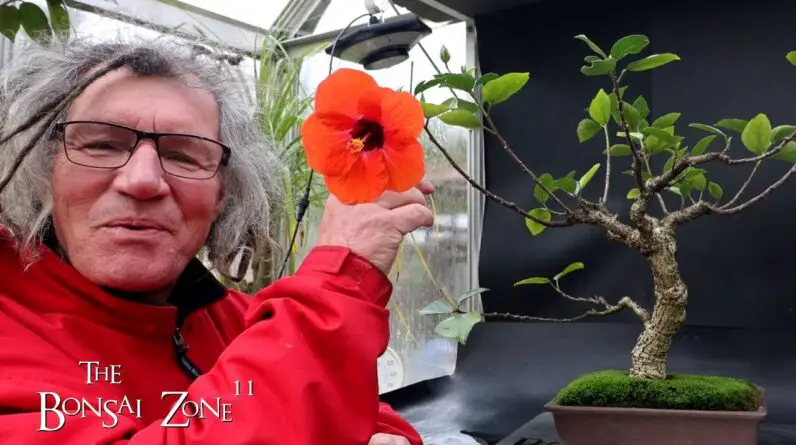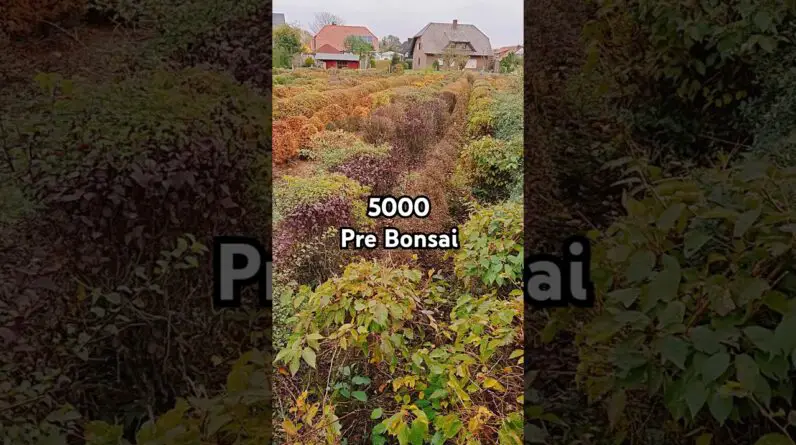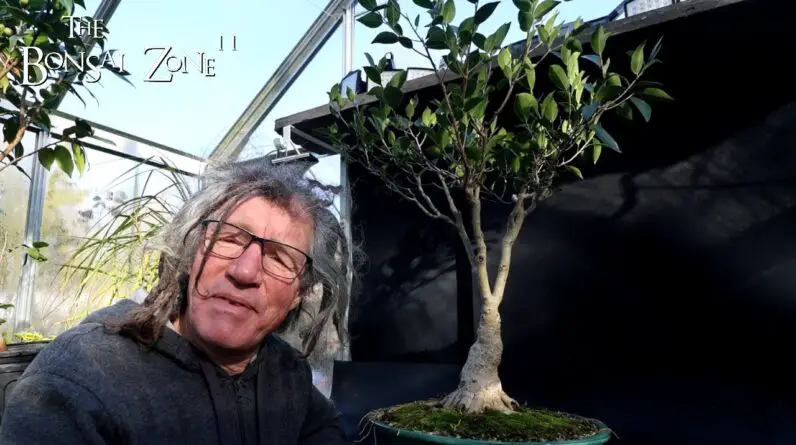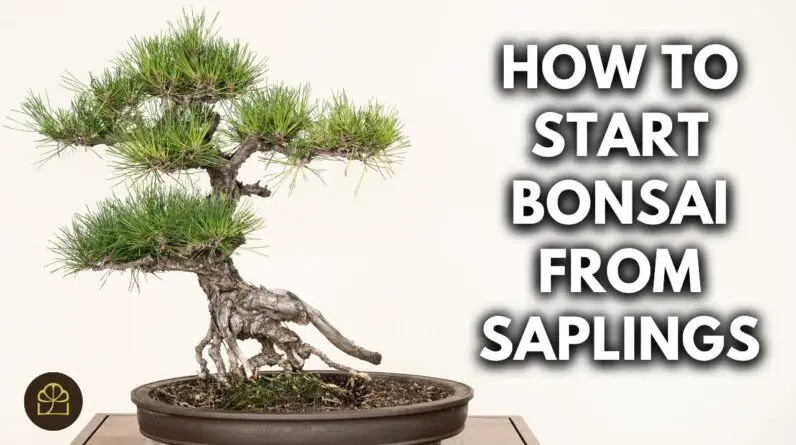“The Cost of Bonsai Pots: Explained” uncovers the intriguing world of bonsai pots and their hefty price tags. In this article, I will draw upon my extensive knowledge and expertise to provide you with a comprehensive understanding of why these pots come with a high price.
Through personal insights, expert opinions, and compelling research from reputable sources, I will delve into the uncommon strategies and techniques employed in the creation of bonsai pots, while incorporating relevant case studies and examples. By breaking down this complex topic into an easily digestible format, I aim to satisfy your curiosity and shed light on the factors behind the expense of these miniature vessels.
So, let’s embark on this journey of unraveling the enigma of bonsai pot pricing together. Welcome to bonsaimadeeasy.com, your go-to resource for all things bonsai.
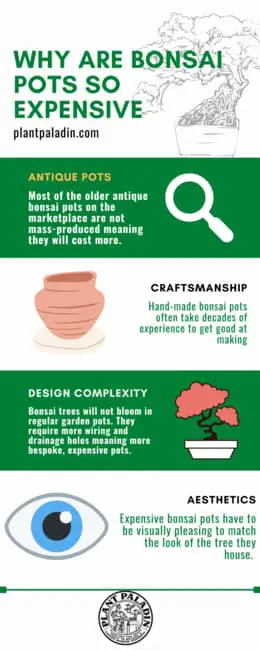
The Cost of Bonsai Pots: Explained
1. Introduction to Bonsai Pots
As bonsai enthusiasts, we know that bonsai trees require special care and attention to thrive. While the focus is often on the tree itself, one element that should not be overlooked is the bonsai pot. Bonsai pots play a crucial role in the overall aesthetics and health of the bonsai tree. But why are bonsai pots so expensive? In this article, I will explore the various factors that contribute to the cost of bonsai pots and provide tips on how to find affordable options.
2. Factors Affecting the Cost of Bonsai Pots
Several factors influence the price of bonsai pots. These factors can range from the materials used to make the pot to the reputation of the brand. Understanding these factors can help us make informed decisions when purchasing bonsai pots. Let’s dive into the main factors that affect the cost of bonsai pots.
3. Material and Craftsmanship
The choice of material for bonsai pots can significantly impact their cost. Bonsai pots are commonly made from clay, ceramic, or porcelain. Each material has its own unique characteristics and qualities. For instance, clay pots are known for their breathability, which allows for better moisture regulation and root development. On the other hand, ceramic and porcelain pots offer a more refined and elegant look, but they may come at a higher price due to the craftsmanship involved in their production.
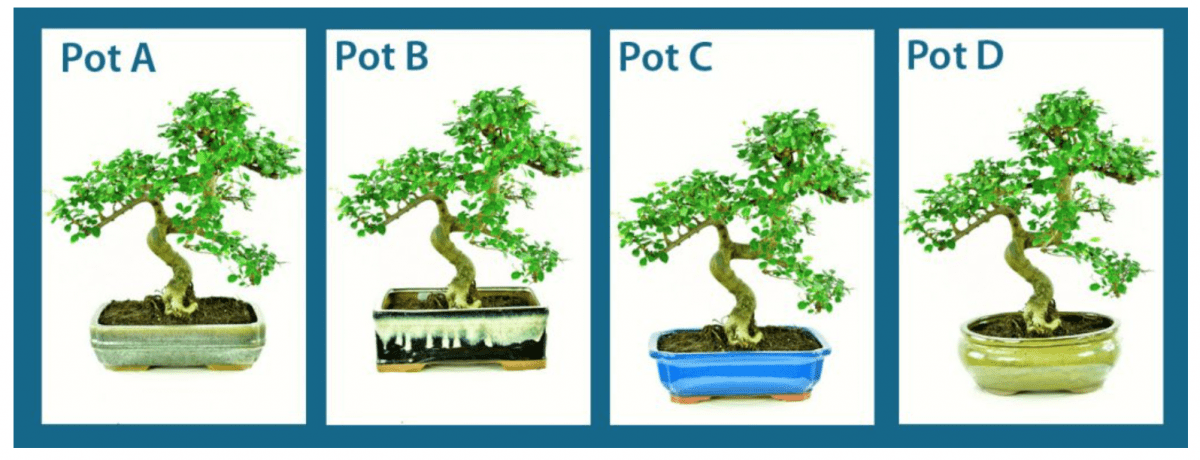
4. Size and Complexity
The size and complexity of a bonsai pot also play a role in its cost. Larger pots generally require more materials and take longer to produce, resulting in a higher price tag. Similarly, pots with intricate designs or elaborate details may require more time and skill from the potter, thus commanding a higher price. It’s important to consider the size and complexity of the bonsai tree you plan to pot to ensure that the pot is proportional and enhances the tree’s beauty.
5. Limited Availability and Demand
Bonsai pots are often handmade by skilled artisans, which means that their availability may be limited. Additionally, bonsai enthusiasts, collectors, and professionals have a high demand for unique and high-quality pots, further driving up the cost. The scarcity of certain designs or finishes, as well as the limited production capacity of individual potters, can lead to higher prices. However, it’s important to note that the availability and demand for bonsai pots can vary depending on the region and the popularity of bonsai in that area.

6. Brand and Reputation
Just like with any other product, the brand and reputation of the potter or manufacturer can impact the cost of bonsai pots. Well-established brands with a history of producing high-quality pots are likely to charge a premium for their products. These brands often have a loyal customer base that values the craftsmanship and attention to detail that goes into their pots. While it may be tempting to opt for a cheaper, lesser-known brand, investing in a reputable brand can ensure that you are getting a durable and aesthetically pleasing pot.
7. Customization Options
Some bonsai enthusiasts prefer to have personalized pots that reflect their own style and taste. Customization options, such as specific glazes, colors, or patterns, can add to the cost of a bonsai pot. These customized pots require additional time and effort from the potter, resulting in a higher price. However, if you have a specific vision in mind for your bonsai tree and want a pot that complements it perfectly, investing in a custom-made pot may be worth the additional cost.

8. Decorative Features
Bonsai pots with decorative features, such as carved designs or painted motifs, can be more expensive than plain pots. These decorative features require additional skills and time to create, leading to an increase in price. While these embellishments can add an extra element of beauty to your bonsai tree, they are not essential for the tree’s health and can be considered more of a personal preference than a necessity.
9. Importance of Bonsai Pots
Bonsai pots are not just containers for bonsai trees; they are an essential part of the overall composition and aesthetics of the tree. The choice of pots can greatly enhance the beauty and balance of a bonsai tree, creating a harmonious display. The right pot can also provide the necessary drainage and airflow for the roots, contributing to the tree’s health and longevity. Therefore, investing in a high-quality bonsai pot is crucial for the success of your bonsai journey.

10. Tips for Buying Affordable Bonsai Pots
While bonsai pots can be expensive, there are ways to find affordable options without compromising on quality. Here are some tips to help you find the perfect bonsai pot without breaking the bank:
- Research and compare prices: Take the time to research different brands and potteries to compare prices. Look for reputable sellers or retailers who offer a wide range of options at various price points. This will give you a better idea of the average cost and help you make an informed decision.
- Consider alternative materials: While traditional clay, ceramic, and porcelain pots are popular choices, there are other materials available that may be more budget-friendly. Plastic or resin pots, for example, can be a more affordable option without sacrificing durability or functionality.
- Look for sales or discounts: Keep an eye out for promotions, sales, or discounts offered by bonsai nurseries or online retailers. These can be great opportunities to find high-quality pots at reduced prices. Joining bonsai clubs or subscribing to newsletters from bonsai-related websites can also give you access to exclusive deals and discounts.
- Explore local markets and second-hand options: Check out local flea markets, yard sales, or bonsai exhibitions in your area. You may stumble upon unique and affordable bonsai pots that are no longer needed by their previous owners. Second-hand pots can add character and charm to your collection without the hefty price tag.
- Consider making your own bonsai pot: If you’re feeling adventurous and creative, why not try your hand at making your own bonsai pot? There are plenty of resources available online that can guide you through the process. Not only will this give you a truly unique and personalized pot, but it can also be a fun and fulfilling experience.
In conclusion, the cost of bonsai pots can vary depending on various factors such as the material, craftsmanship, size, customization options, and brand reputation. Understanding these factors can help determine the price range and find affordable options that suit your needs and preferences.
Remember, while it’s important to invest in a quality bonsai pot, it’s equally essential to strike a balance between your budget and your passion for bonsai.
Happy pot hunting!


